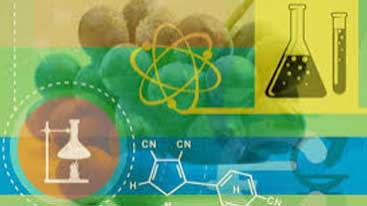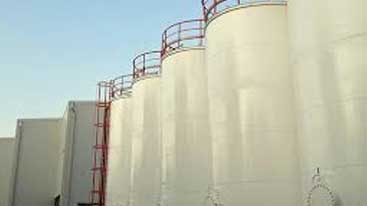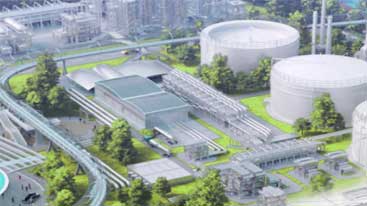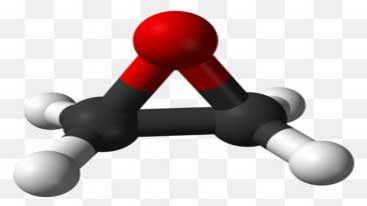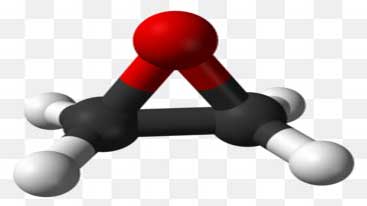
During the dehydration process, small molecules combine and form larger molecules and water is released during this time. The purpose of glycol dehydration is to separate water in natural gas, natural gas liquids in industry. Water separation from NGL fluids with glycol dehydration is the most common and economical method used in the industry.
 Stainless Steel Products
Stainless Steel Products Mixing
Mixing Pumps
Pumps Heat Exchangers
Heat Exchangers System Solutions
System Solutions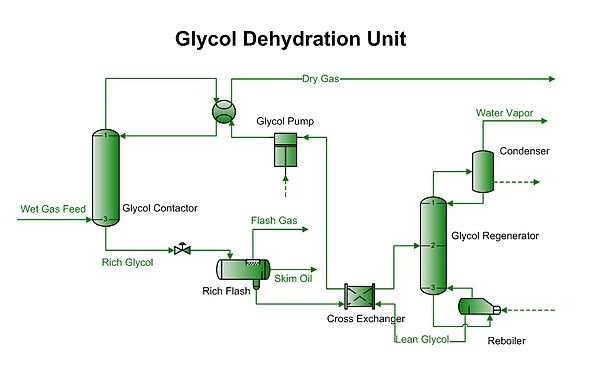
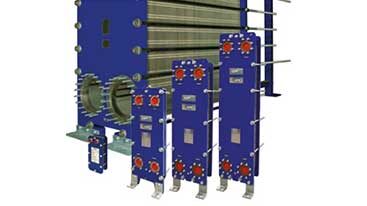
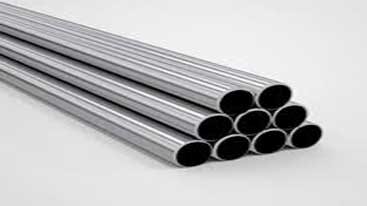
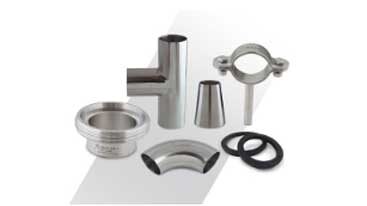
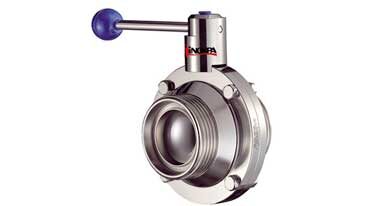
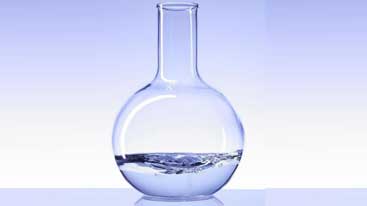 Exchangers play an important role in the glycol dehydration process and are often used for:
Exchangers play an important role in the glycol dehydration process and are often used for: